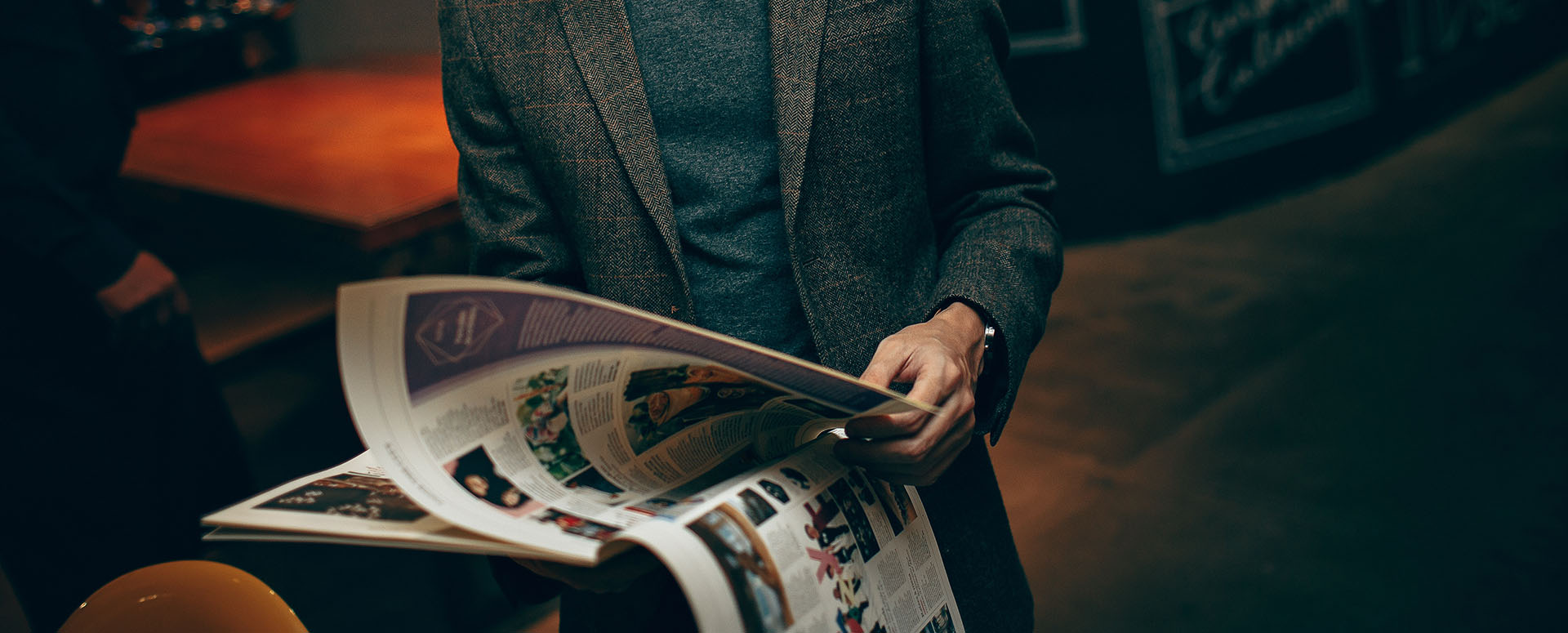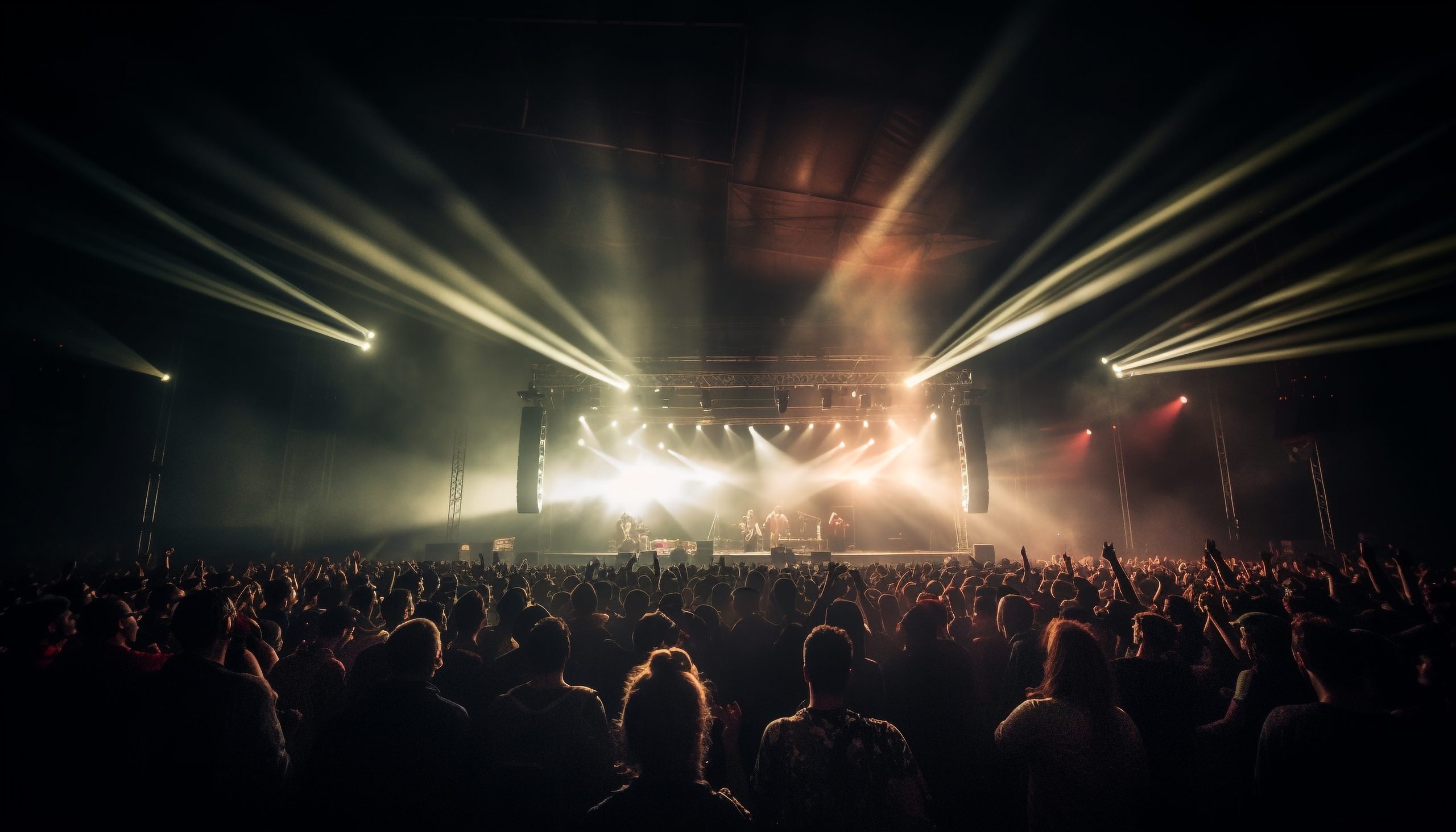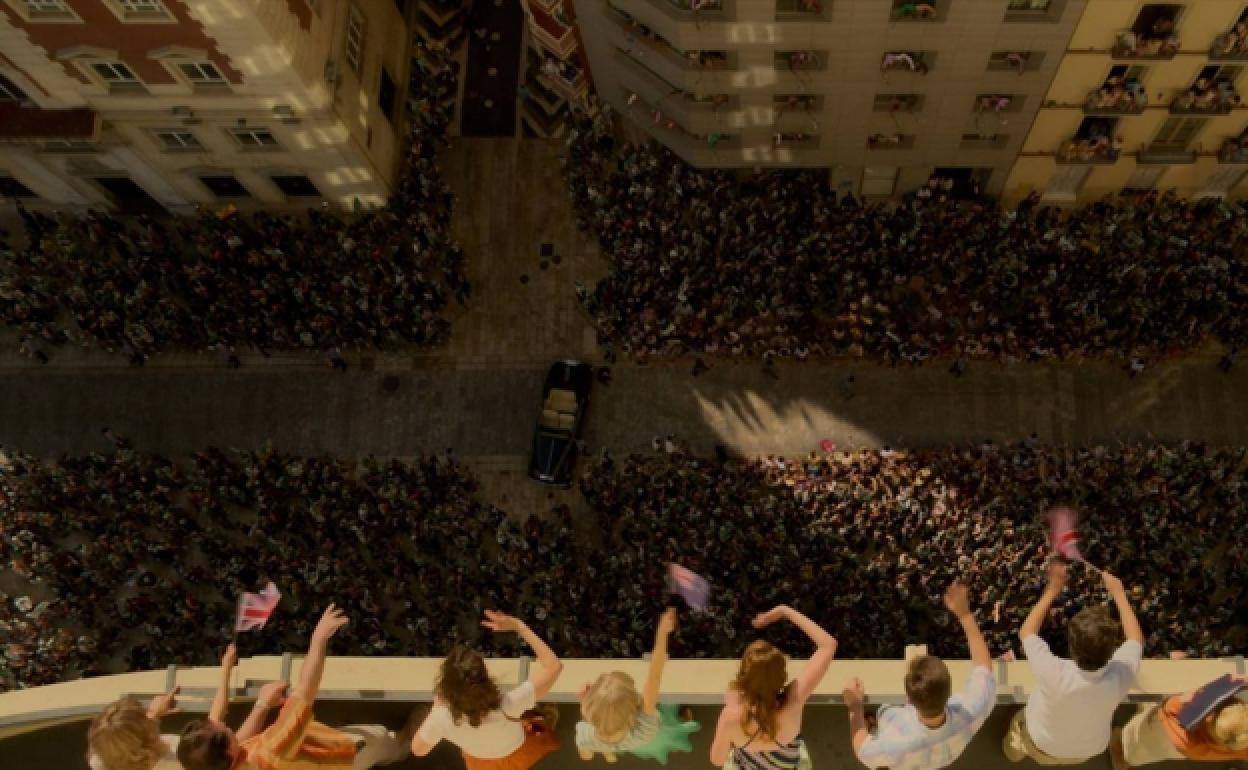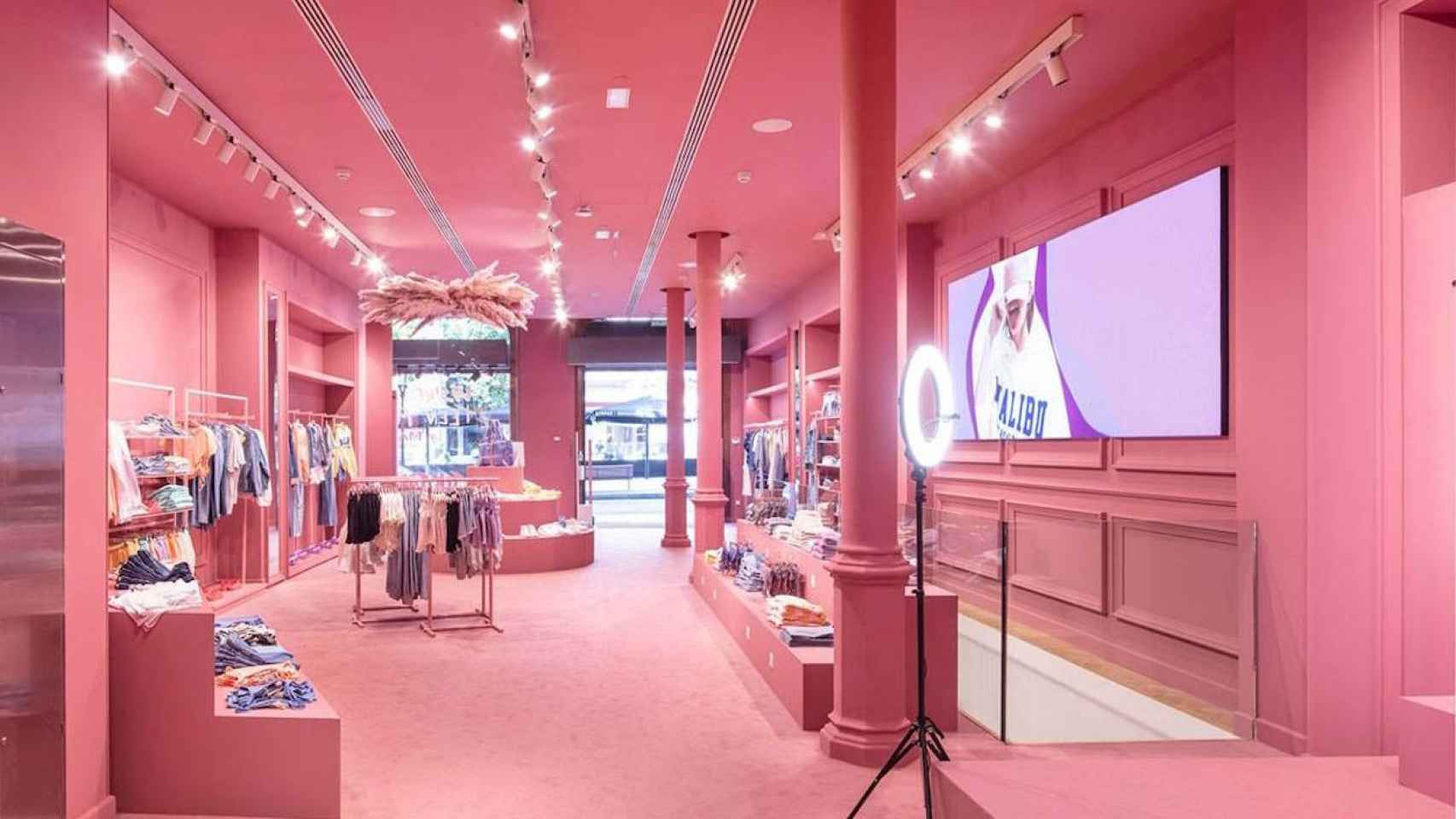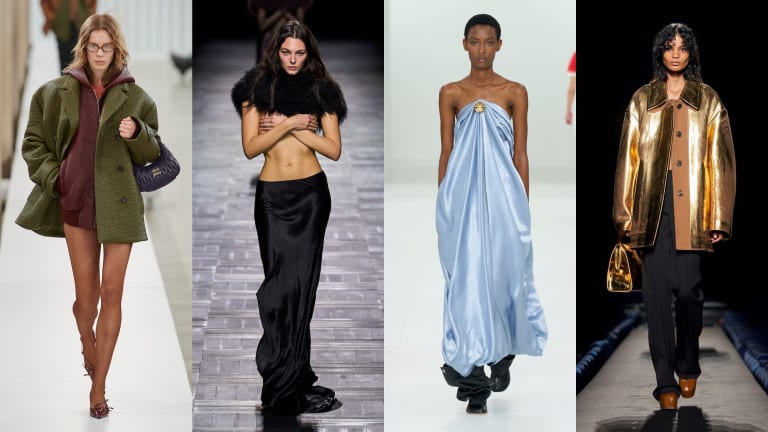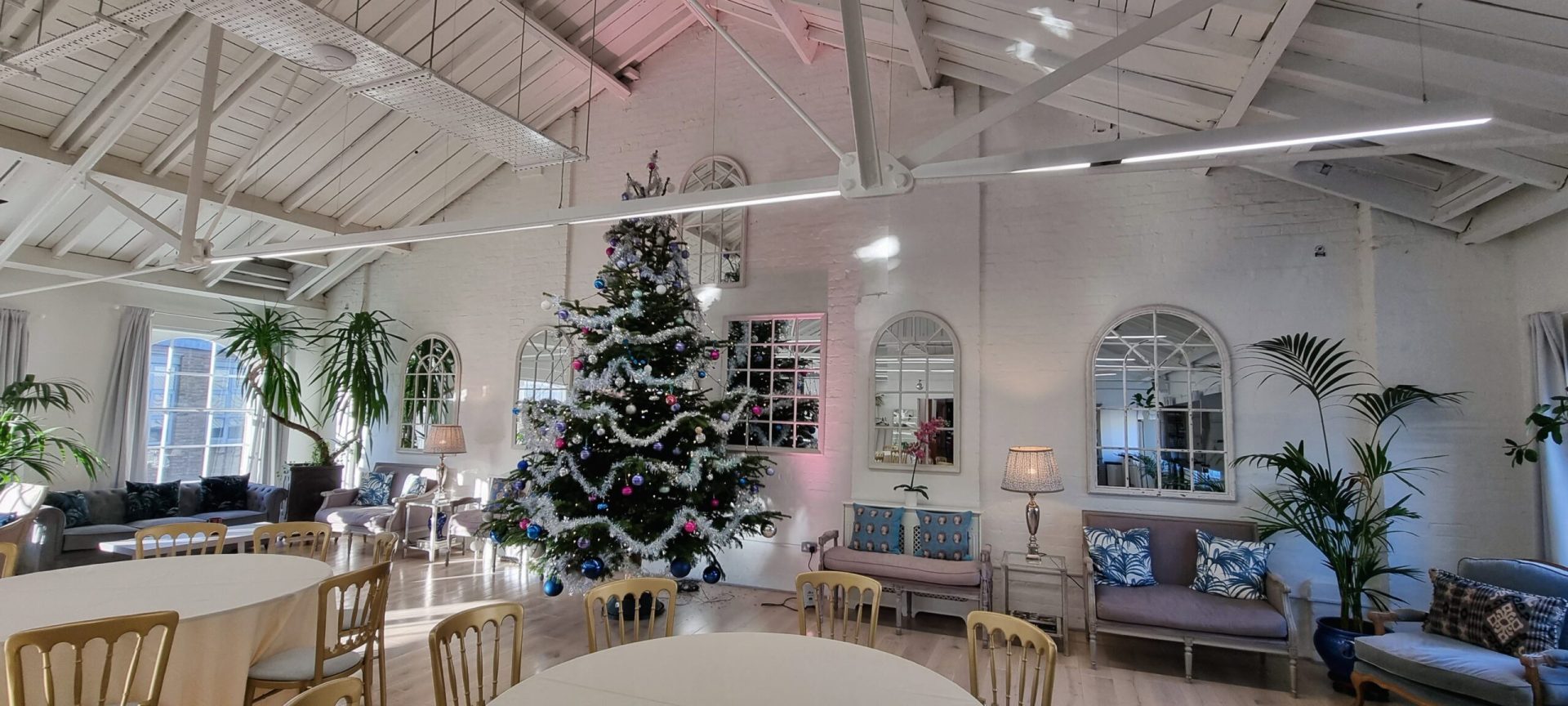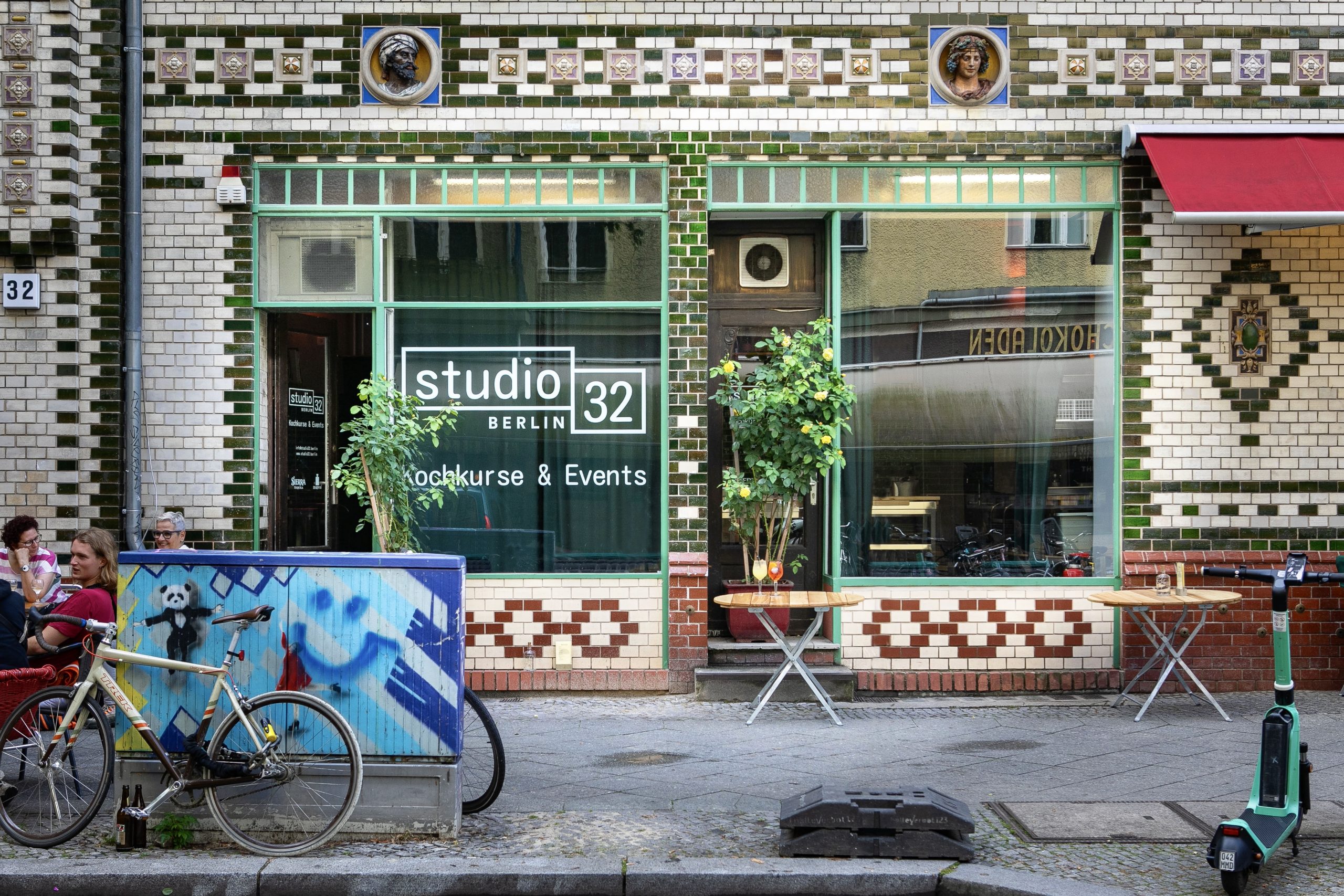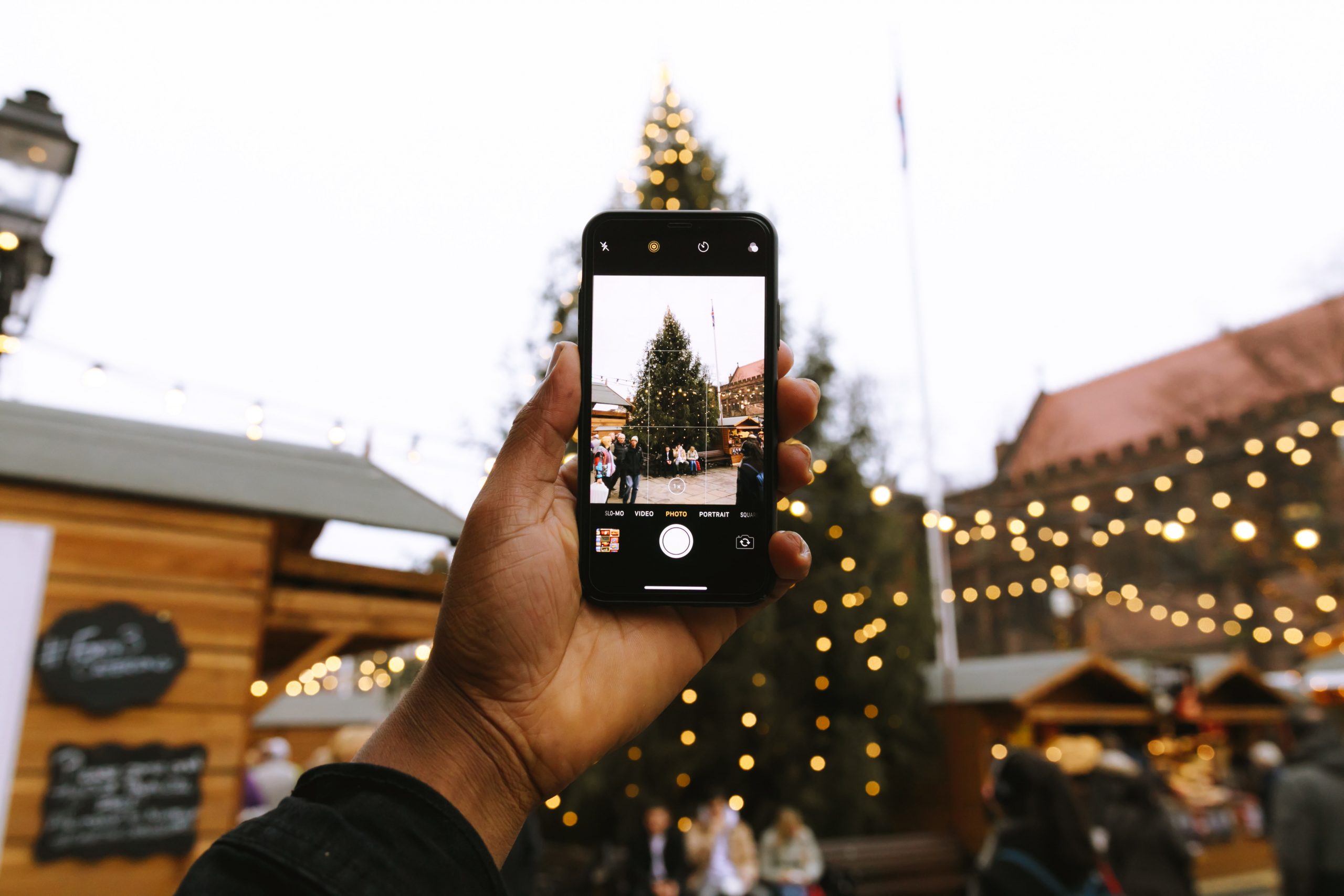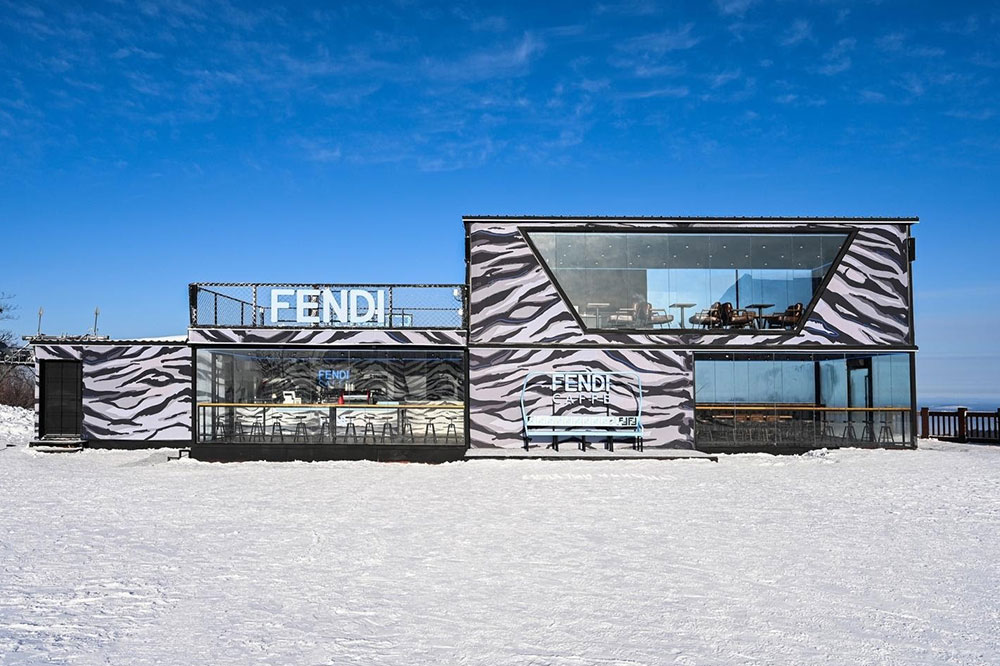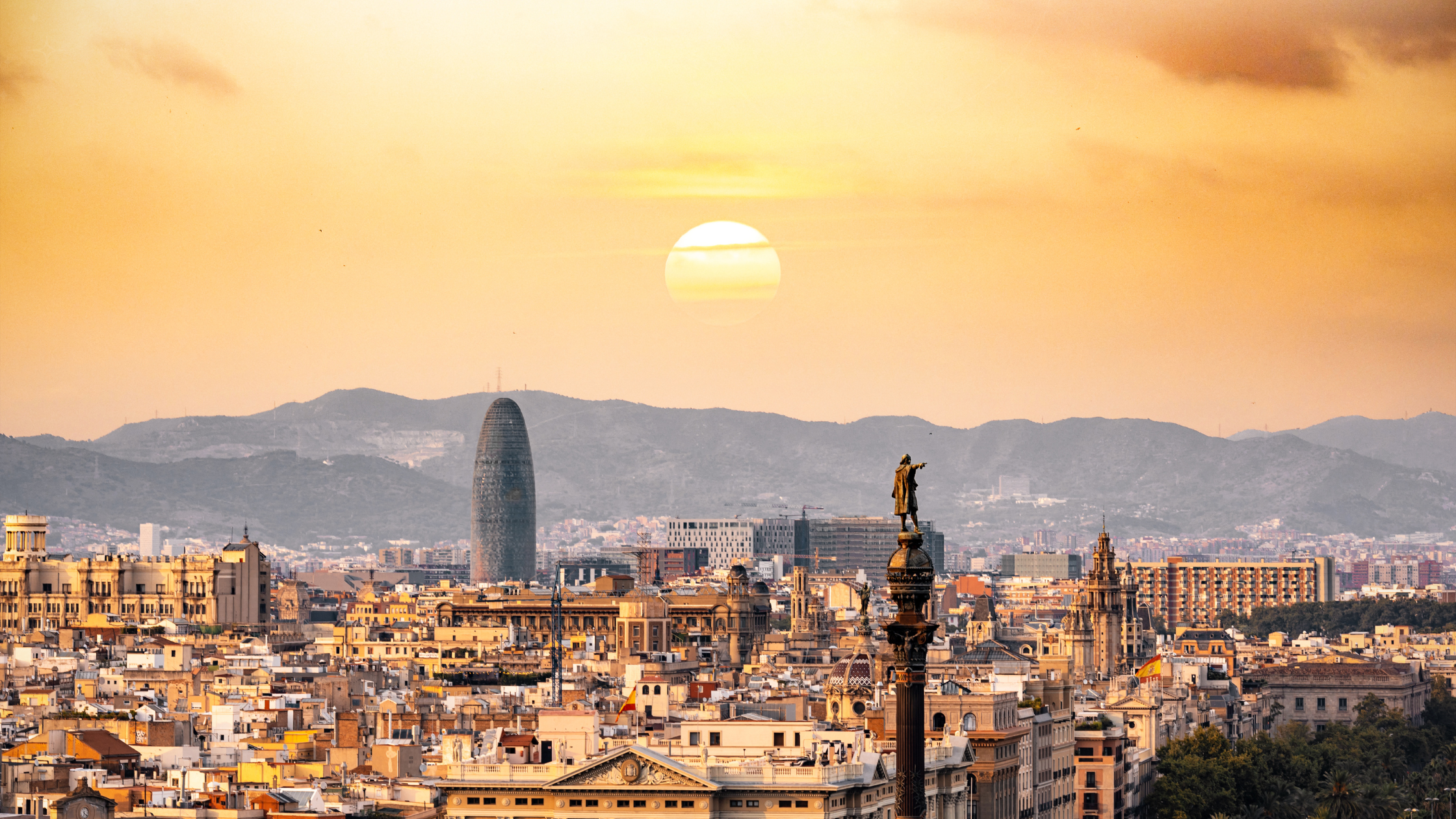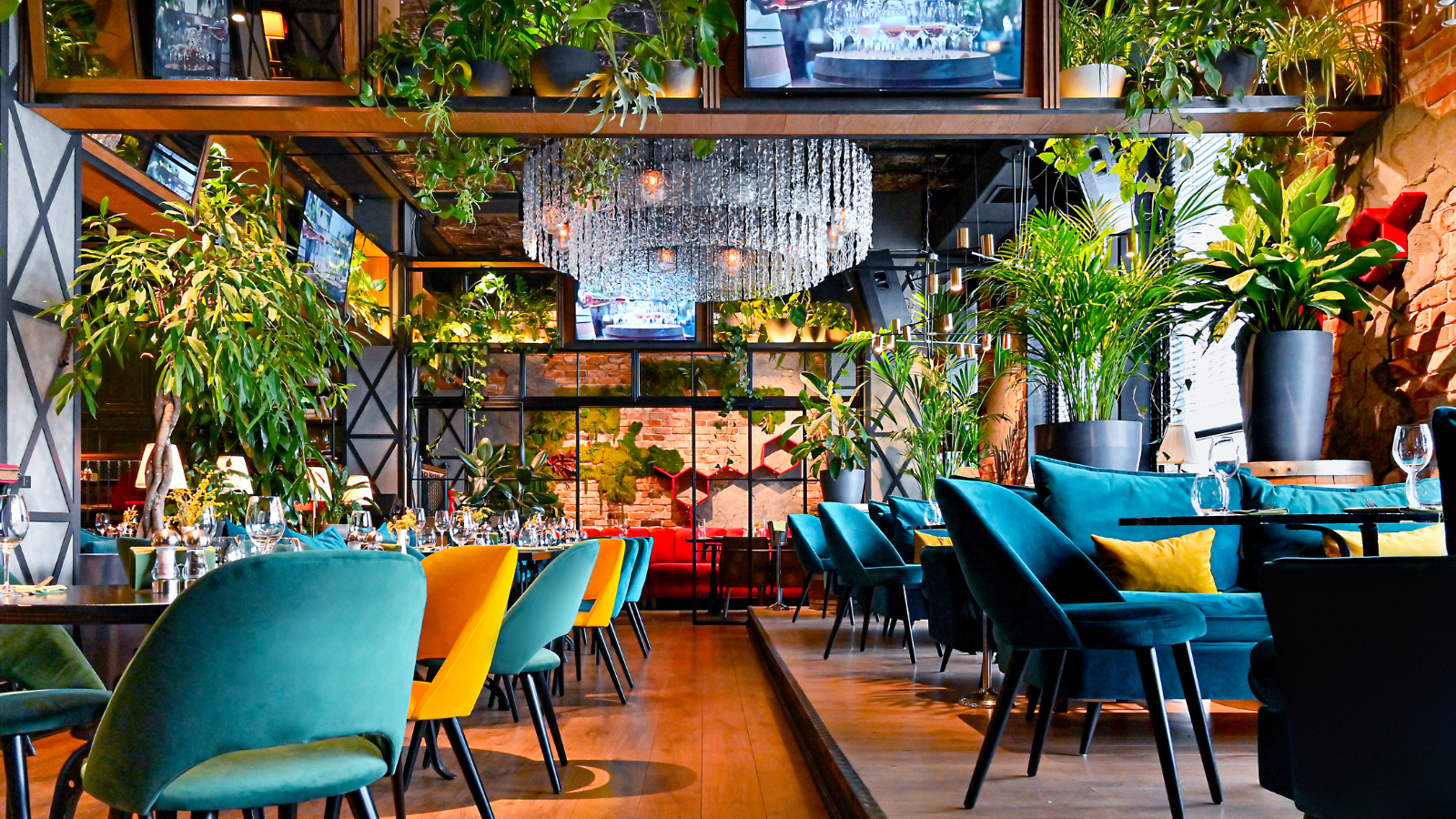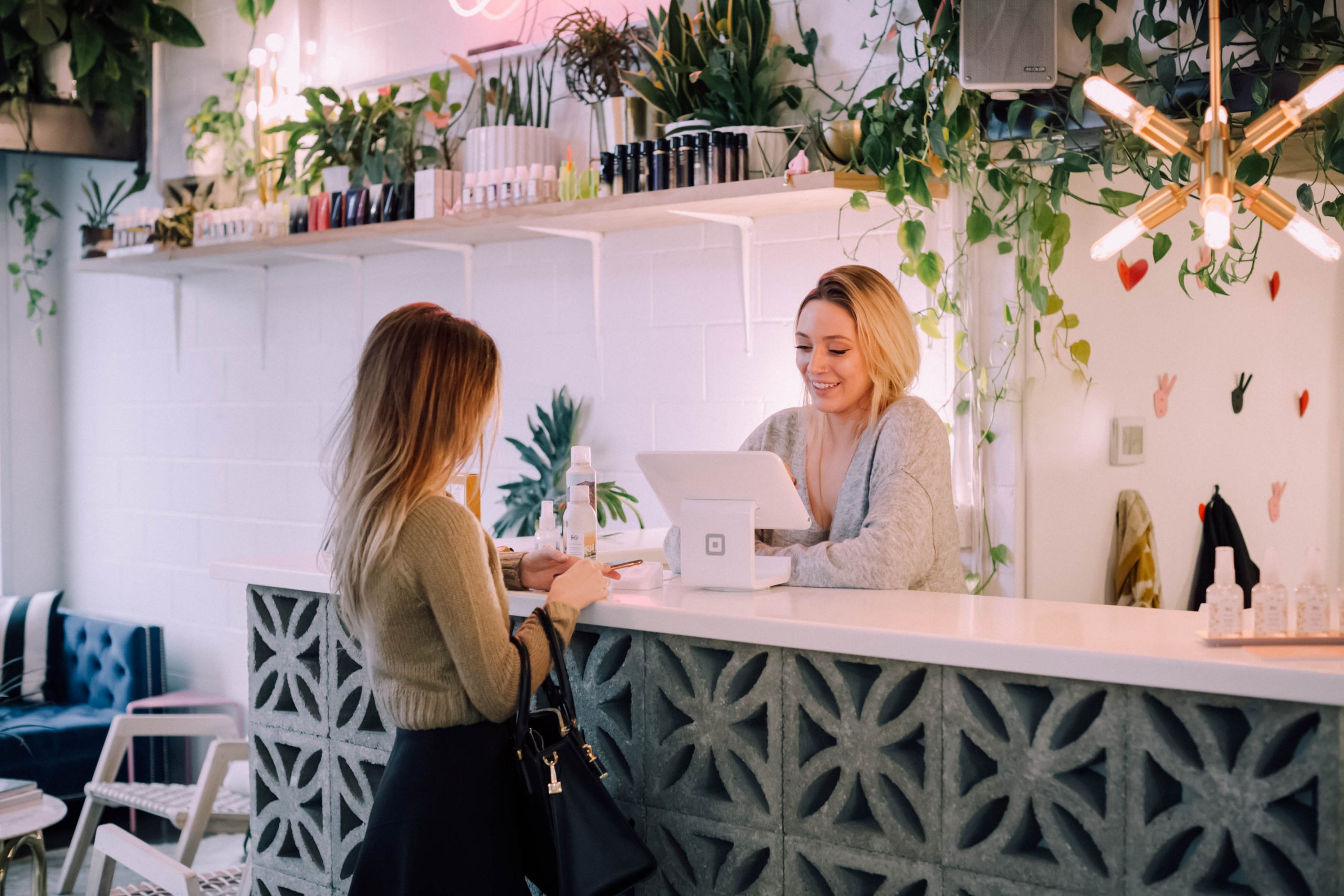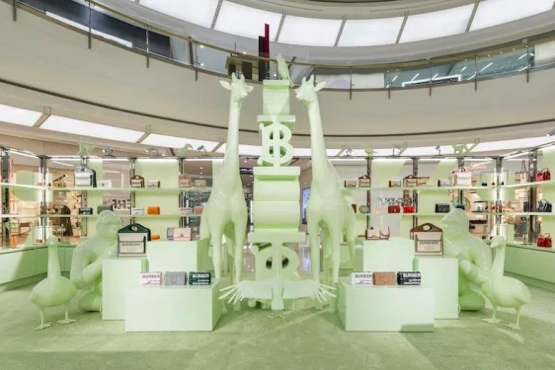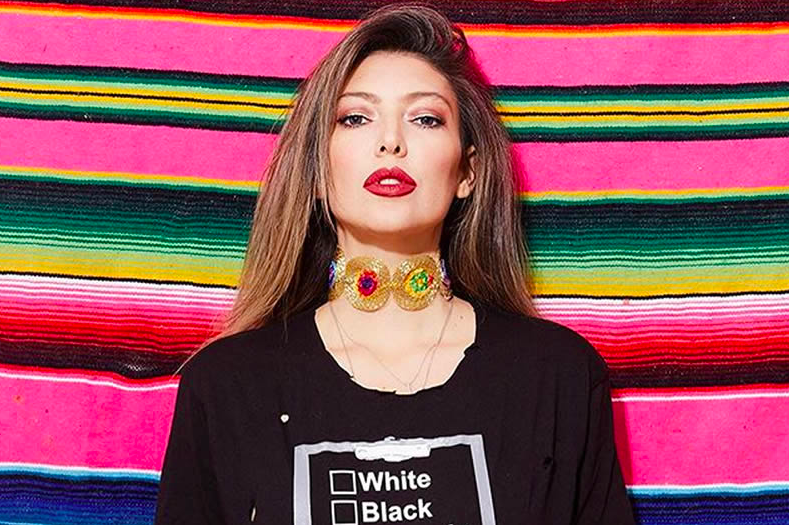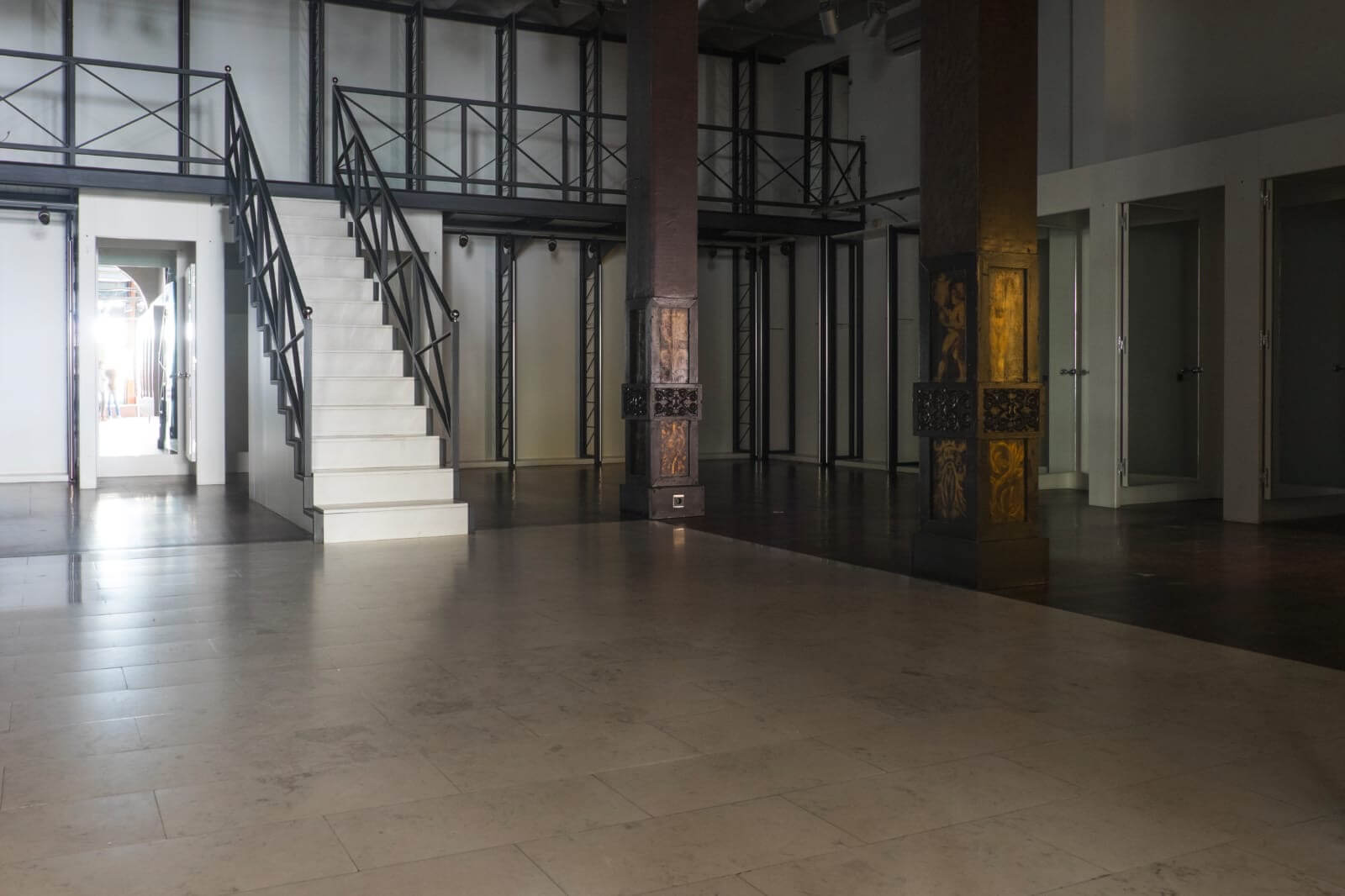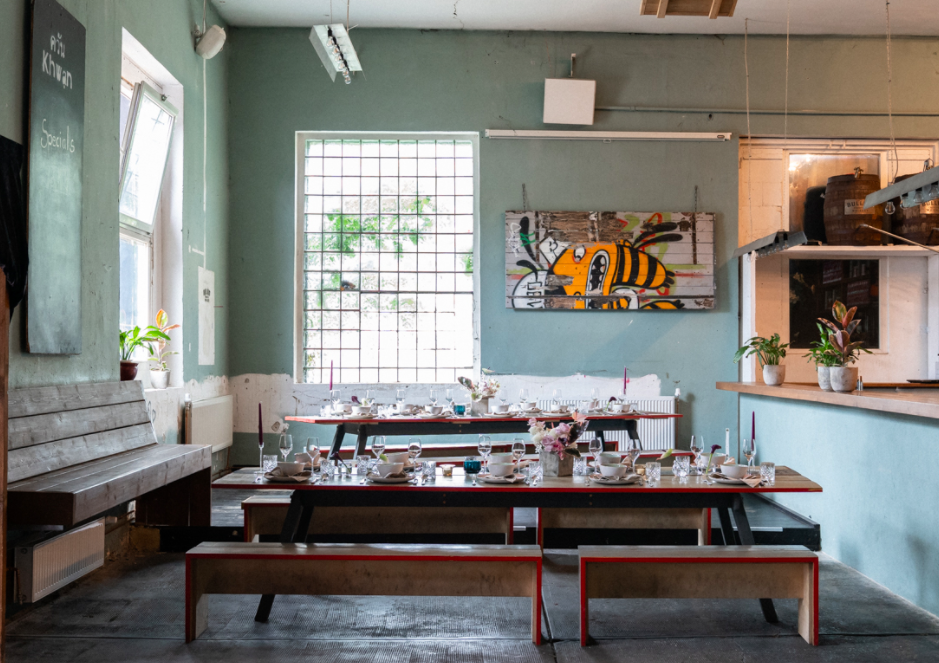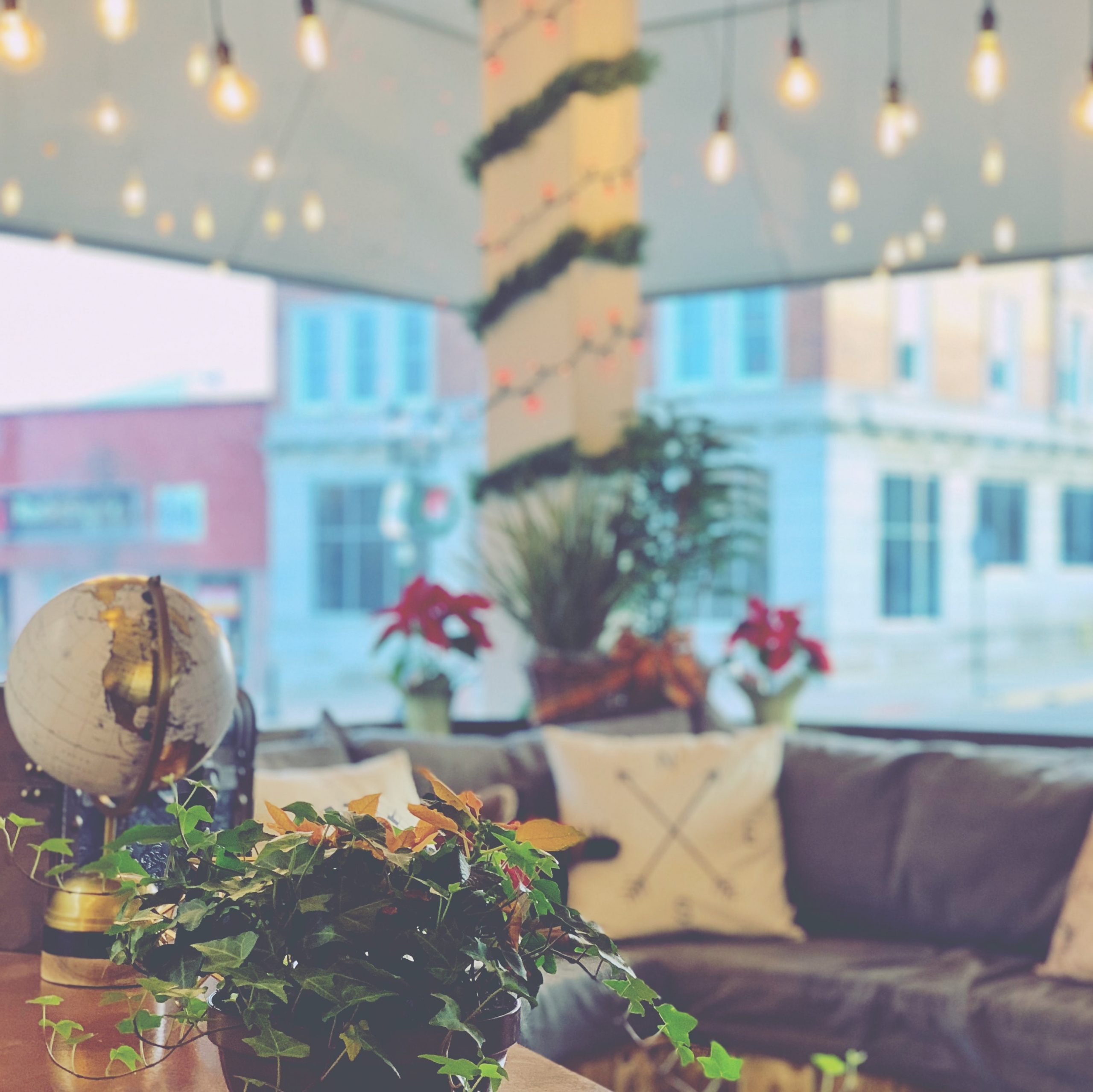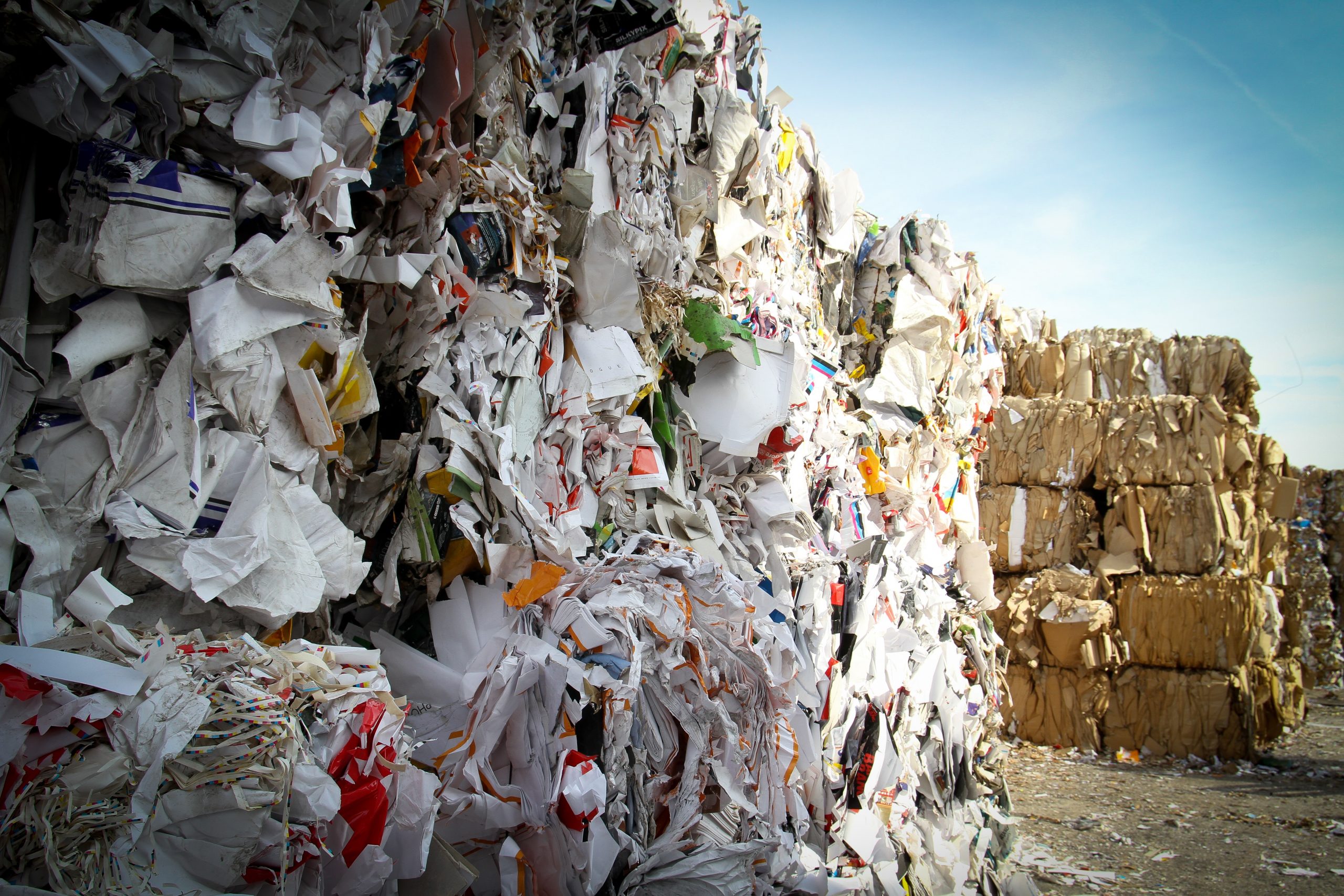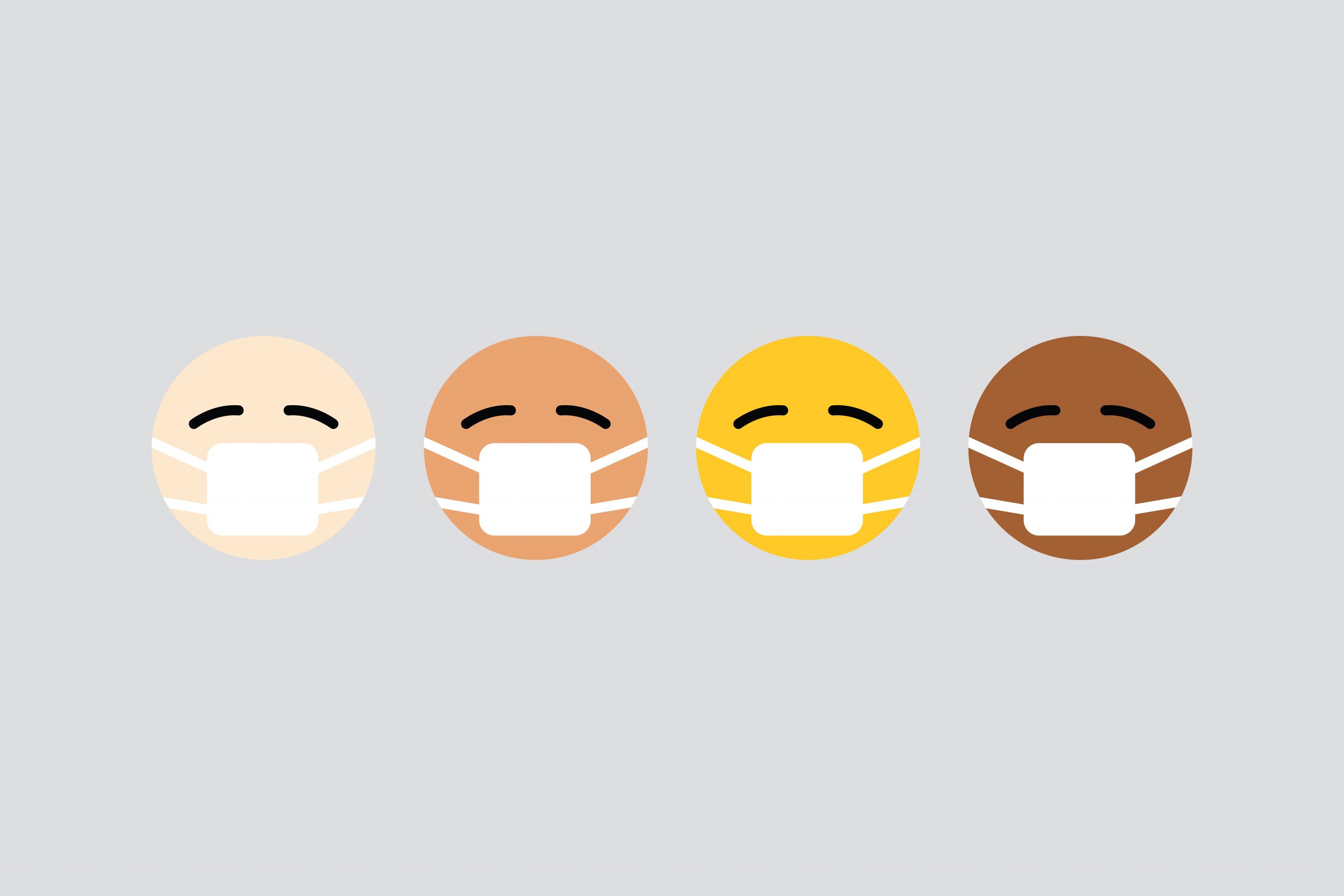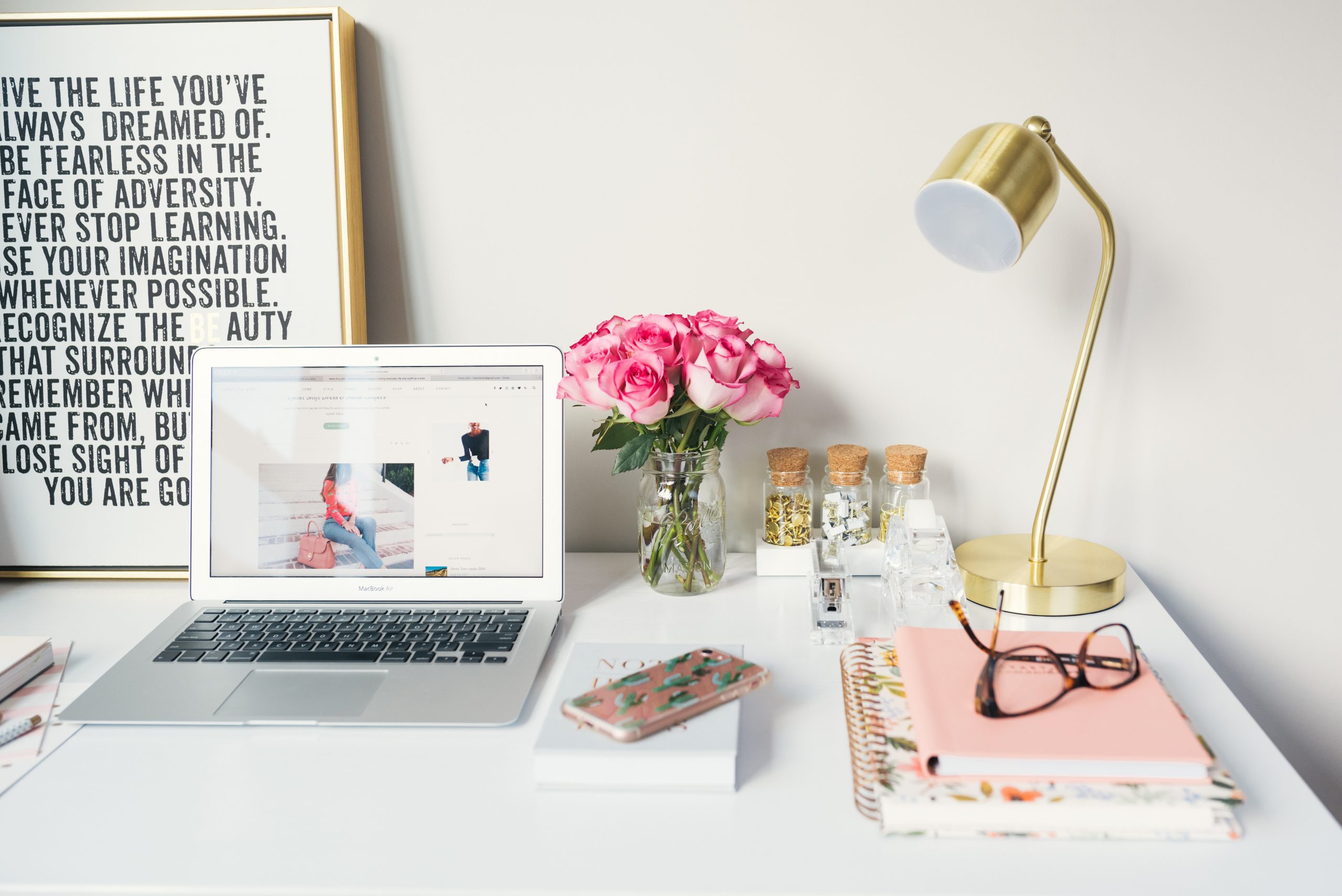Welcome to 2024! Calendar of events and dates you can’t miss.
Happy New Year readers! Like every New Year, we have resolutions and goals, as well as a new calendar ahead. And yes, in this post, we will share with you the most important dates so you don't miss any opportunities and can take advantage of the locations, events, and seasons that 2024 will offer us. Thousands of opportunities ahead to bring your projects and events to life. At Go-PopUp, we understand that every day matters when it comes to launching your pop-up store or special event. So, get ready for a year full of possibilities. Start planning now and don't miss out on your
Europe in Focus | The Boom of Filming and Productions Driving the Search for Unique Spaces.
In the digital age, the insatiable demand for content has unleashed a true revolution in the entertainment industry. Europe, with its rich history and varied landscapes, has become the epicenter of an unprecedented cinematic boom. Both foreign and domestic production companies have found multiple European locations as the perfect canvas to bring their stories to life. This creative frenzy has brought about intense competition with a significant increase in the number of productions and film shoots. Simultaneously, it presents a logistical challenge: the need to find perfect spaces to carry out these ambitious productions, generating an unprecedented demand for authentic and unique
Amplitude and comfort, a “must” for your pop-up store.
We show you two aspects to consider to make your pop-up space even more attractive: we are talking about spaciousness and comfort. Currently, Pop-Up spaces have become a popular trend for various activities, from temporary stores to exhibitions, workshops, meetings, photoshoots, and special events. These ephemeral spaces offer a unique opportunity to create memorable and captivating on-site experiences. Allowing you to stand out and differentiate yourself from the digital environment. . ▶ CREATE SPACIOUS SPACES Spaciousness is a crucial factor for any pop-up space. Unlike conventional stores or permanent spaces, pop-up spaces, located in strategic, central, and exclusive locations, tend to be smaller and limited
Fashion Weeks | Everything you need to know about the 2024 agenda.
The last Fashion Week of 2023 was held from October 24 to 27, 080 Barcelona Fashion. So now, it's time to collect all the moments, inspiration and trends that this year has given us in the fashion sector around the world and, focus on the next season! Next January, Fashion Weeks 2024 begin. Here we leave you the next dates for the main cities ⬇ JANUARY 2024 12-16 Milano Men's Fashion Week 16-21 Paris Men's Fashion Week 22-25 Paris Couture & Haute Couture SS 24 29-Feb. Copenhagen Fashion Week FEBRUARY 2024 05-08 Berlin Fashion Week 08-14 New York Men's & Women's Fashion Week 16-20 London
CHRISTMAS IS COMING AND WITH IT, YOUR PERFECT EVENT!
THE BEST PREMIUM SPACES IN LONDON ARE ON GO-POPUP If you plan to hold a Christmas event in London, at Go-PopUp we want to inspire you by proposing ideas based on perfect spaces, in the best location and with the best facilities. We show them to you! ►THE EMBASSY◄ The elegance of this space exudes in every corner, combining classic and modern elements that will dress your event from start to finish. Located on Grosvenor Place, this space stretches across the gardens of Buckingham Palace and just minutes from Hyde Park Corner and Victoria tube stations, it has a rich history dating back to the
MICHELIN STAR SPACES FOR YOUR NEXT EVENT
At Go–PopUp we strive to offer you the best spaces to make your dreams come true. All this in magical and distinctive environments that enhance your events. And this is a clear example, a unique location in the center of Berlin designed to develop pop-up stores, sustainable events, workshops, meetings, activities for clients, teambuilding and much more. If you are thinking about holding a premium event in a Michelin Star restaurant ★ 2023, here it is! This place is famous for its cocktails and has a wide variety of activities that will help you achieve all your goals, whether with your employees or
Creating magical Christmas events with Go—PopUp
The perfect venue awaits you! The holiday season is upon us, and it’s this magical time of year when we gather with our loved ones, celebrate traditions, and embrace the spirit of giving. As holiday cheer begins to fill the air, so do plans for holiday events and gatherings. Whether you're planning to host a cozy family celebration, a corporate Christmas party, or a Christmas pop-up market, one thing remains constant: the need to find the perfect venue to bring your vision to life. At Go— PopUp , we understand the importance of finding the ideal location to make your Christmas event
POP-UP STORES REVOLUTION THE LUXURY SECTOR
Many luxury brands have chosen to use pop-up stores as part of their marketing and sales strategies. These pop-up stores allow them to create exclusive experiences for their customers, generate buzz and stand out in the market. In 2022, these types of stores accumulated 68% of commerce activity deluxe. GET INSPIRED BY THE POP-UPS THEY HAVE MADE THESE LUXURY BRANDS GUCCI Gucci is known for its creativity in the world of pop-up stores. They have organized pop-up stores in various cities around the world to launch new collections and exclusive collaborations. LOUIS VUITTON Louis Vuitton has used pop-up stores to present its fashion and accessories collections in
What’s hot in Spain: 5 key moments to launch a pop-up
Learn more about key Spanish events to expand your strategy.
It’s time for sustainable pop-up restaurants
Conscious food choices such as vegetarian and vegan meals are fueling not only the lives of millions, but also the food and hospitality sectors. Today, we’re going to explore three recent examples of food companies that have successfully invested in pop-up restaurants. It’s growing faster than you think The conscious trend of plant-based food sales grew in 2020 two times faster than overall food sales. And the most exciting part is that it is expected to keep a steady growth rate of 12,95% over 2021-2028. Companies and restaurants are offering more products that can be delish and healthy without harming the
5 innovative trends for pop—up stores in 2022
Oh yes, another year has almost gone by. While pop-up stores keep on gaining popularity as an incredibly powerful marketing strategy for retail brands, it’s now time to forecast which are the top 5 most innovative trends for pop-up stores in 2022. Grab your notepad and pamper yourself with some inspiration. Authentic Influencer Marketing Being an influencer has always been about becoming an icon of beauty trough perfect selfies. However, audiences are now looking for more quality content. And videos are definitely the most popular format to do that, thanks to the rise of Tik Tok, IGTV or Instagram Reels. Influencers are
What to keep in mind when hiring and managing pop-up store employees
As a concept, a pop-up store was around for a while, but a current COVID-19 crisis made it a viable retail option for multiple reasons. Since we're living in uncertain times, leasing a business space long-term brings enormous risks, making business owners turning to short term lease options. With pop-up stores, you can rent a business location for a short time, enabling you to change locations often, reduce costs, and experiment with different approaches and strategies. Either you're testing a new product line, building brand awareness, or just trying out the new location, opening a pop-up store might be the best
Why pop-ups gained new popularity
We left behind a tough year for many industries, especially for retail and hospitality. The challenge continues: some stores are still closed or have severe limitations. People are encouraged to stay at home, while some have fled the cities. Brands cannot interact with the customers traditionally; alternative channels need to be investigated. Which is why pop-ups gained new popularity in 2020 and will do so along 2021. //Pre-pandemic Pop-ups have been part of the retail’s ecosystem for several decades, serving multiple purposes. Since the advent of the internet, launching a pop-up has been a chance to reflect on what the brand cannot
How to use an influencer in a livestream event
The Internet has changed the way we socialise and the way we behaved as consumers. Influencers have become an essential part of the latter dynamic, and any brand should include them in their strategy. So, how to use an influencer in a Livestream event? But first of all, who is an influencer? An influencer is a public figure that through his/her exposure on social media has become a public figure with a certain number of close-knit followers. Every influencer has a reliable public. It can be a worldwide group of followers making the influencer known cross-industry such as Chiara Ferragni. Or it
How to get ready for the peak season with a pop-up store
Every year, September is the month when retailers start to get ready for the Holiday Season. It starts on Black Friday and lasts until after Christmas sales. It is a tough period to manage demand to ensure good income, but this year forecasting says it is going to be exceptional. So, we want to discuss how to be prepared, with a pop-up, for a peak season like no other. //Why is this year different? This year customers will shift to online, where the majority of demand will be. The trend of consumers migrating to e-commerce started during confinement, and has maintained its
How to launch a pop-up restaurant
Food and beverage are one of the sectors that walloped during the quarantine, and the challenges are ongoing. In this context, restaurants, just like every other sector, are facing a transformation, and it is crucial to adapt to it. A possibility to overcome these difficult times is to opt for a more flexible solution, just like vegan chef Gaz Oakley is planning to do with his worldwide tour of pop-up restaurants. We want to share with you how to launch a pop-up restaurant to entice your customers. //Benefits The benefits of launching a pop-up restaurant are several; and if your business is a ghost
Looking at the future: the holiday season and pop-ups
As most of us start to enjoy "controlled" freedom again, we also enjoy the first signs of summer, so more than ever the Holiday season seems a mirage. But times flies and when looking at the future, Holiday season and pop-ups could be the perfect match to face the challenges retail is undergoing. //Future scenarios Many brands have struggled over the last few months: shops have been closed, but rent had to be paid. Even now, with the process of returning to normality, many shops haven't been able to open as following social distancing rules is just not sustainable. The possible outcome is that
COVID-19 draws attention to sustainability
In trends, we call unexpected events, such as the pandemic, an activator. A disruption that accelerates or puts the focus on topics that were already on the spotlight and some changes show how COVID-19 draws attention to sustainability. Sustainability is not a new concept, nor in retail nor in other industries. Over time changes in ethics and societal beliefs have pushed the topic of sustainability to become part of the best practices of each brand or sectors. Sustainability has a large meaning and a recent study, by Dr Paul Bain, has shown that people understand it in four different ways. Generally speaking,
How to communicate with consumers during Covid-19
During uncertain times some companies might find it difficult to adjust their tone of voice to the new situation. Nowadays, the questions companies ask most of the time are: how to communicate with consumers during COVID-19 and how to promote my products or services but sensibly? I have already shared some cultural tensions the lockdown has highlighted, you can read the article here and learn more about it. Some of those same cultural tensions are causing a shift in the way companies communicate with their customers, no matter what channel they use. //Three cultural tensions and communication I would like to focus on three central
How to create a successful online pop-up store
Hosting an online pop-up is an incredible opportunity to entice the attention of your community. For your pop-up to be appealing and successful, you should take into account some characteristics your pop-up should have. Also, you should put into place a little strategy to maximise the time you are spending with the participants, that is why we want to share with you how to create a successful online pop-up store. Remember, your pop-up should have an added value to the purchase experience. Use your expertise to create this value so more customers will participate, again and again. //What you should keep in mind Structure
ALTERNATIVE AND MOBILE POP-UPS: INSPIRATION IN COVID TIMES
Despite the turmoil we are going through, pop-up shows that they can adapt to these difficult times. We continuously monitor how companies, retailers, organisations and even institutions are using pop-ups as flexible solutions. There are some alternative and mobile pop-ups, inspirations in COVID times. Now, more than ever, we need secure solutions to reach out to our customers. As most of the world is still in quarantine, in some countries, the restrictions start to loosen up. And, it is still unclear how stores will be fully operational while guaranteeing the WHO's guidelines. //Inspo from the past Most of the time, when talking about


